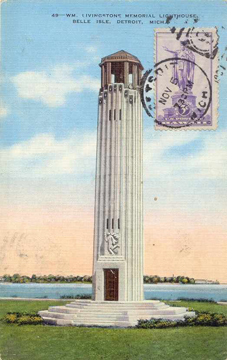Product Description
Michael Powolny Rare Loetz Witwe Vienna Secession Tall Bud Vase c.1914


PROF. MICHAEL POWOLNY (1871-1954) Austria
JOH. LÖTZ WITWE GLASWERKS Klostermϋhle, Bohemia
Tall bud vase c. 1914
“Opal mit streifen” opaline blown glass with applied blue glass canes and blue knob above opaline base
Exhibited: 1914 Werkbundausstellung, Cologne (Lötz period photograph, vase for the 1914 Cologne Werkbund Exhibition) Lötz: Böhmisches Glas 1880-1940: Werkmonographie, Band 1, Helmut Ricke and Ernst Ploil (Munich: Prestal-Verlag, 1989), p. 267; Wiener Werkstätte Design in Vienna 1903-1932, Christian Brandstätter (New York:Verlag Harry Abrams, 2003) p. 247.
Form illustrated: Lötz: Böhmisches Glas 1880-1940: Werkmonographie, Band 1, Helmut Ricke and Ernst Ploil (Munich: Prestal-Verlag, 1989), p. 267
Same ”opal mit streifen” technique illustrated: Glaskunst der Moderne: von Josef Hoffmann bis Wilhelm Wagenfeld, Torsten Bröhan (Munich: Klinkhardt & Biermann, 1992), cat. no. 19, pp. 74-77.
H: 11″ x Dia: 3 1/2″
Price: $10,500
Michael Powolny Rare Loetz Witwe Vienna Secession Tall Bud Vase c.1914
AV MAZZEGA MURANO (Italy)
Vase c. 1975
White opalescent blue blown glass with a bottom tube support and a flared
test tube style top
For related information see: Italian Glass Murano Milan 1930-1970, Helmut Ricke and Eva Schmitt (Munich: Prestel, 1997) illus. 66, 67; I Vetri di Fulvio Bianconi, Rossana Bossaglia (Torino: Umberto Allemandi & C., 1993) illus. 17, 21; Murano Glas 1945-1970, Marc Heiremans (Antwerpen: Galerij Novecento, 1989) illus. 181; I Vetri Venini, Franco Deboni (Torino: Umberto Allemandi & C., 1989) illus. 105.
H: 14”
Price: $3,200
